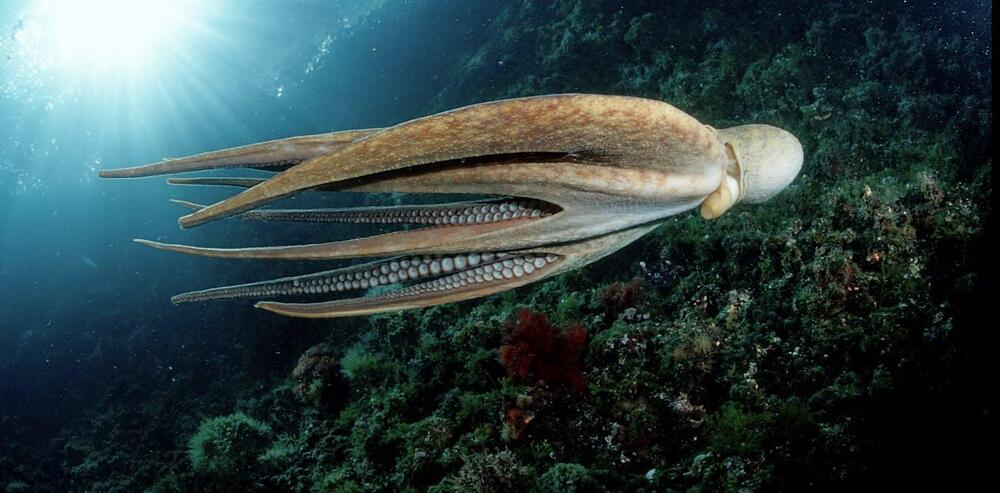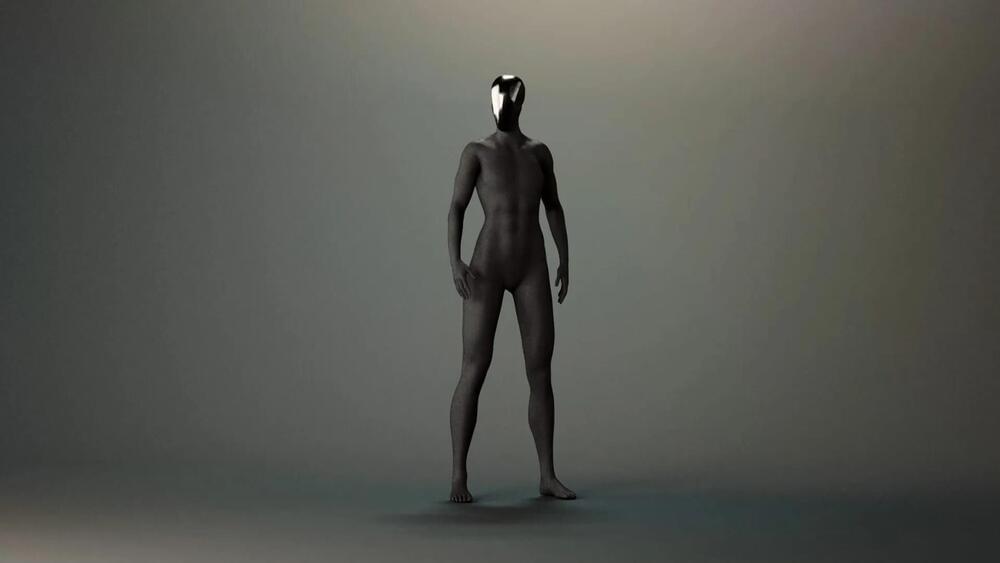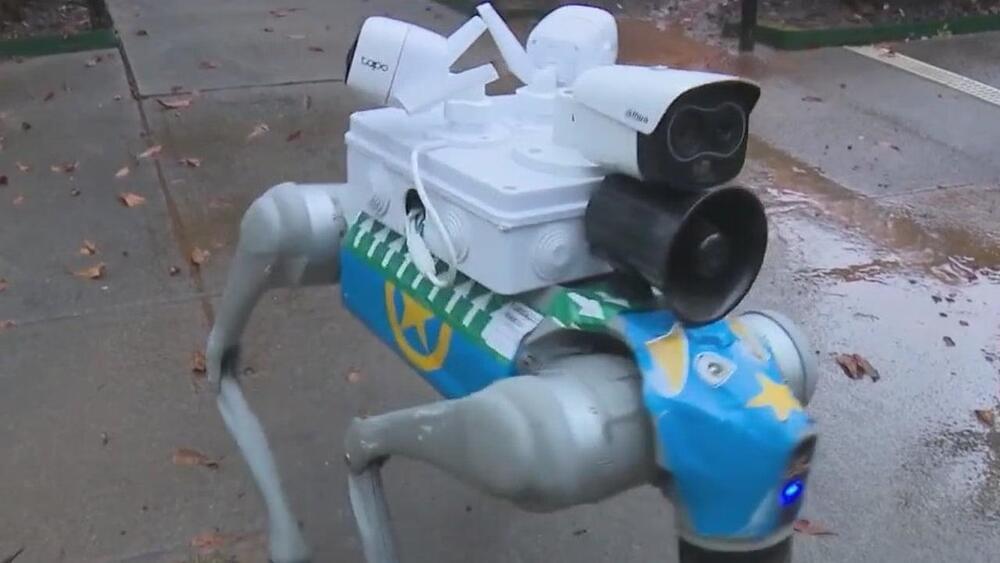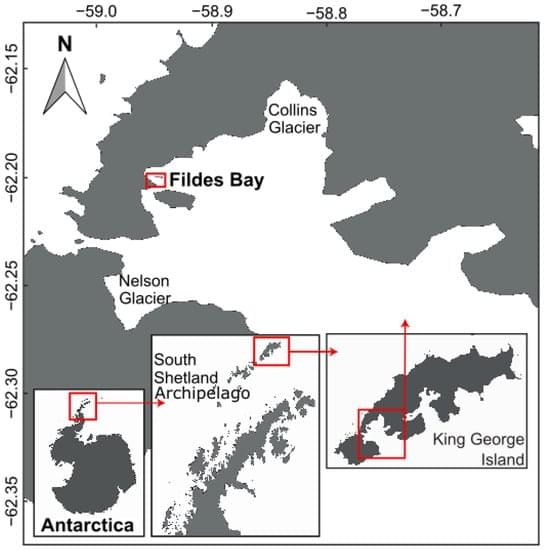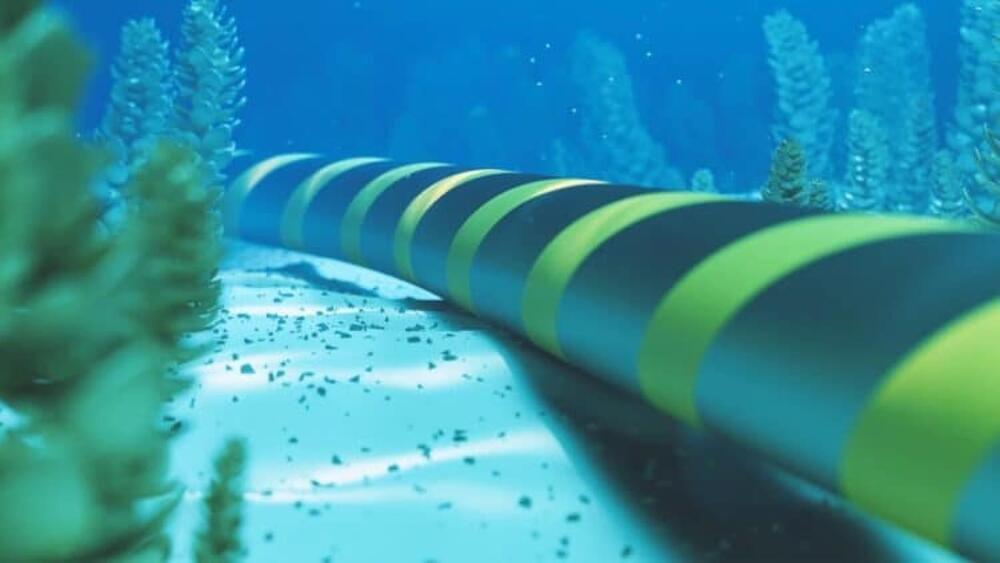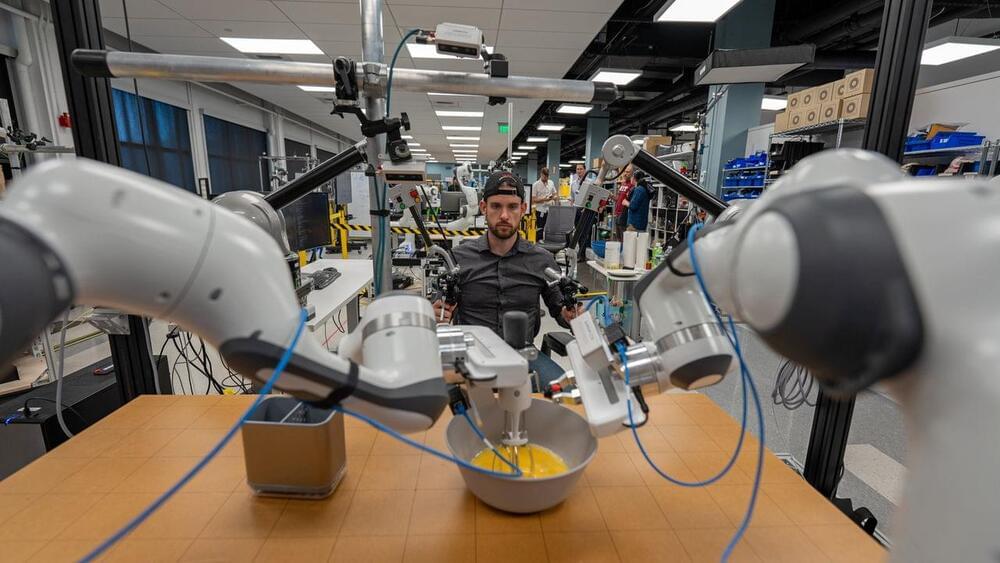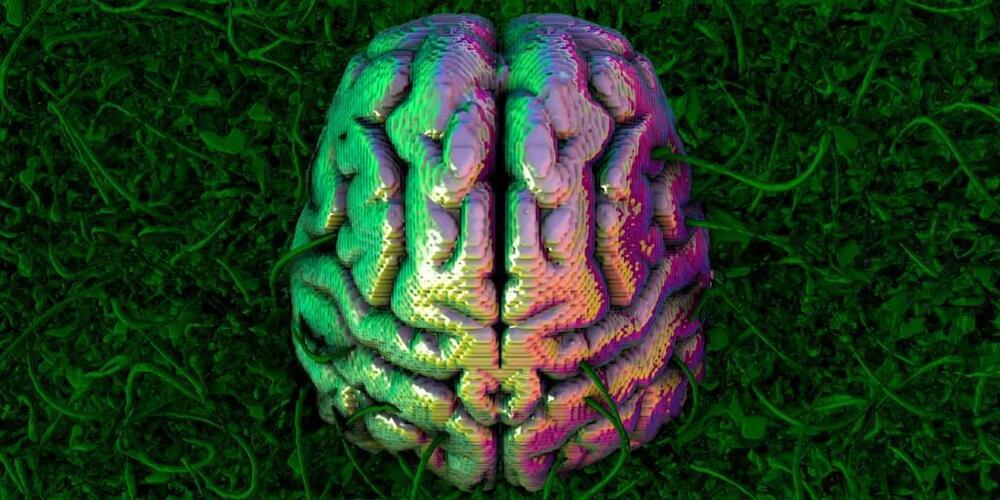Dec 21, 2024
Octopuses and their relatives are a new animal welfare frontier − here’s what scientists know about consciousness in these unique creatures
Posted by Jose Ruben Rodriguez Fuentes in categories: habitats, health, neuroscience
Considering what’s known about their brain structures, sensory systems and learning capacity, it appears that cephalopods as a group may be similar in intelligence to vertebrates as a group. Since many societies have animal welfare standards for mice, rats, chickens and other vertebrates, logic would suggest that there’s an equal case for regulations enforcing humane treatment of cephalopods.
Such rules generally specify that when a species is held in captivity, its housing conditions should support the animal’s welfare and natural behavior. This view has led some U.S. states to outlaw confined cages for egg-laying hens and crates too narrow for pregnant sows to turn around.
